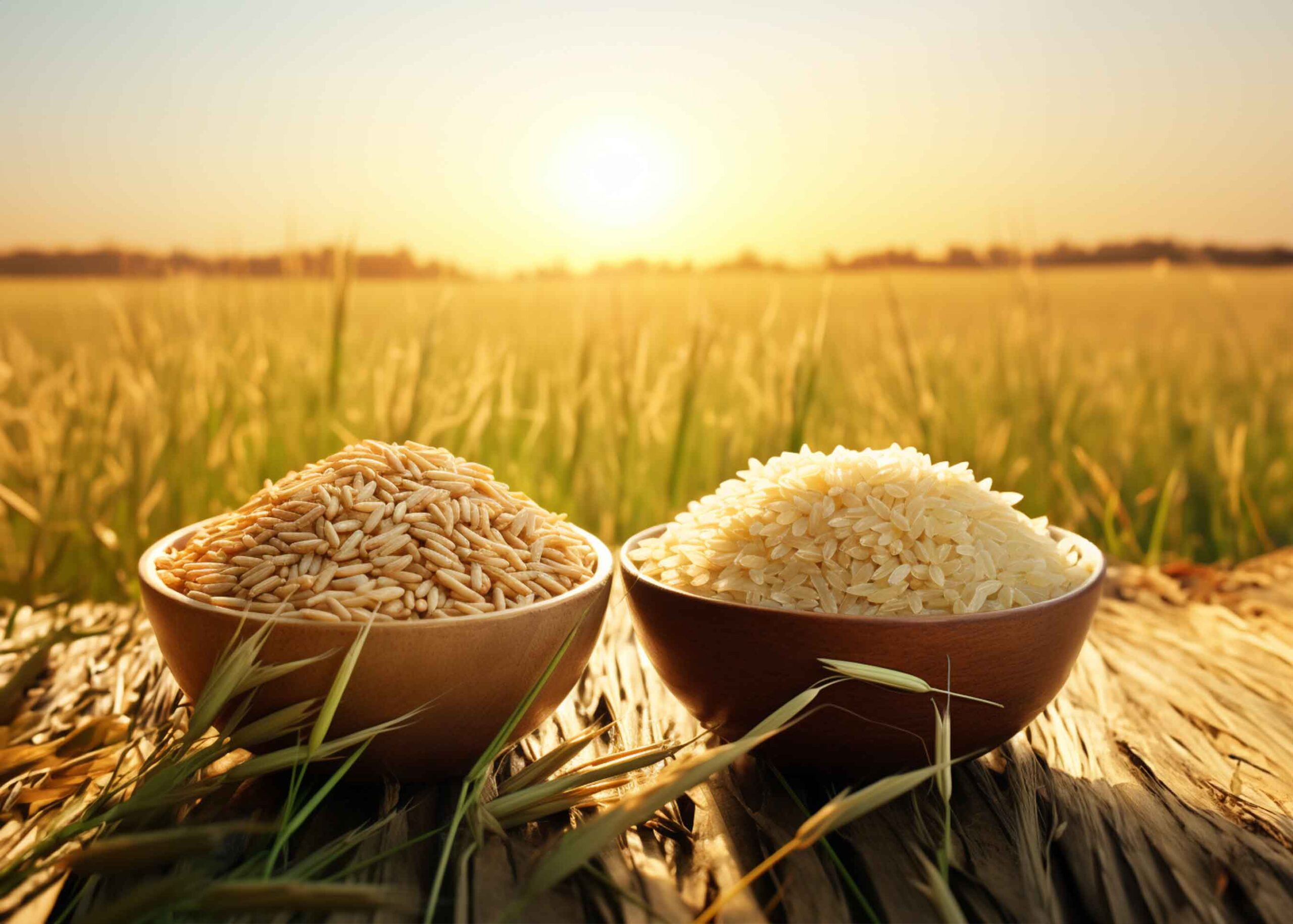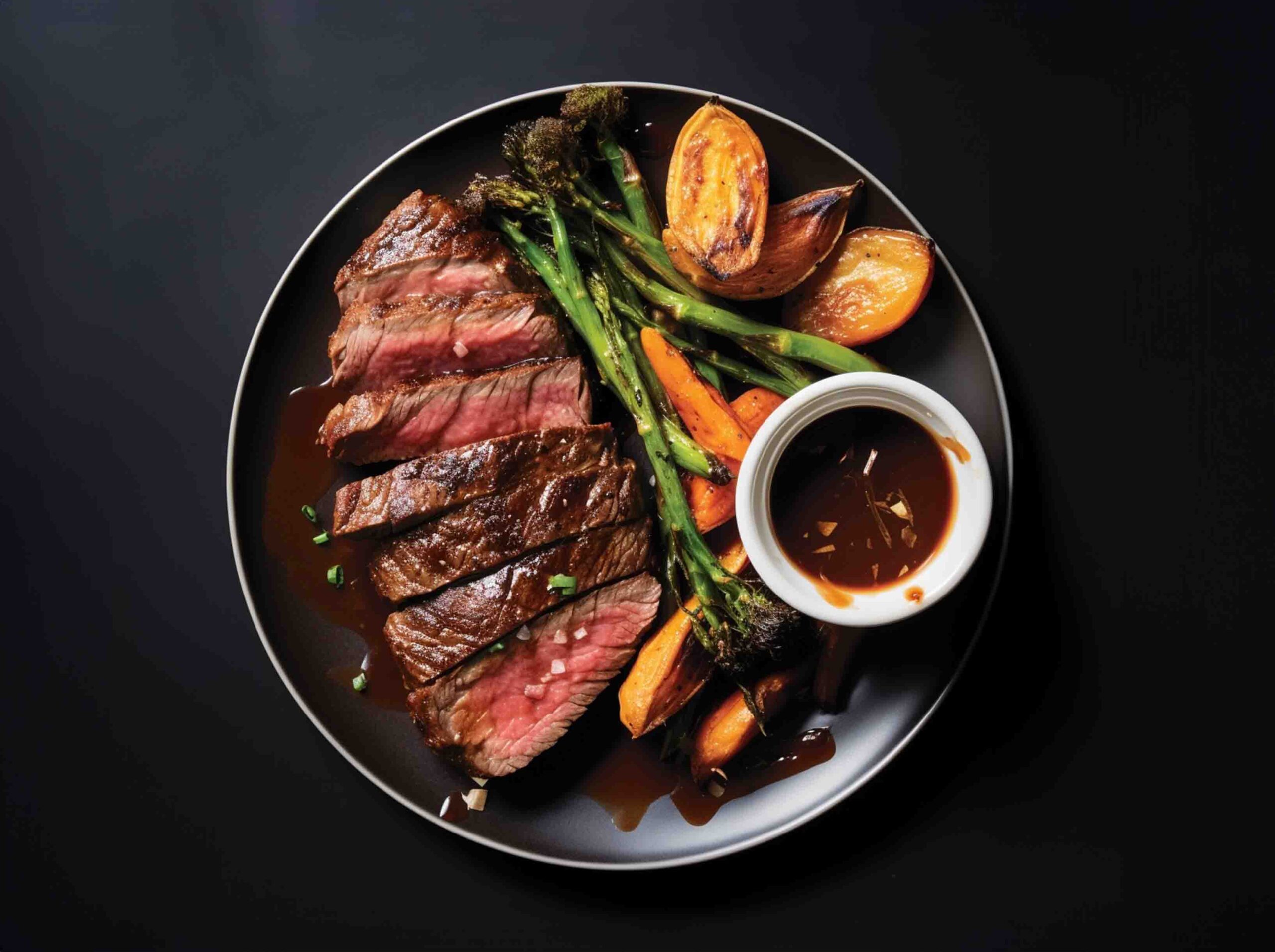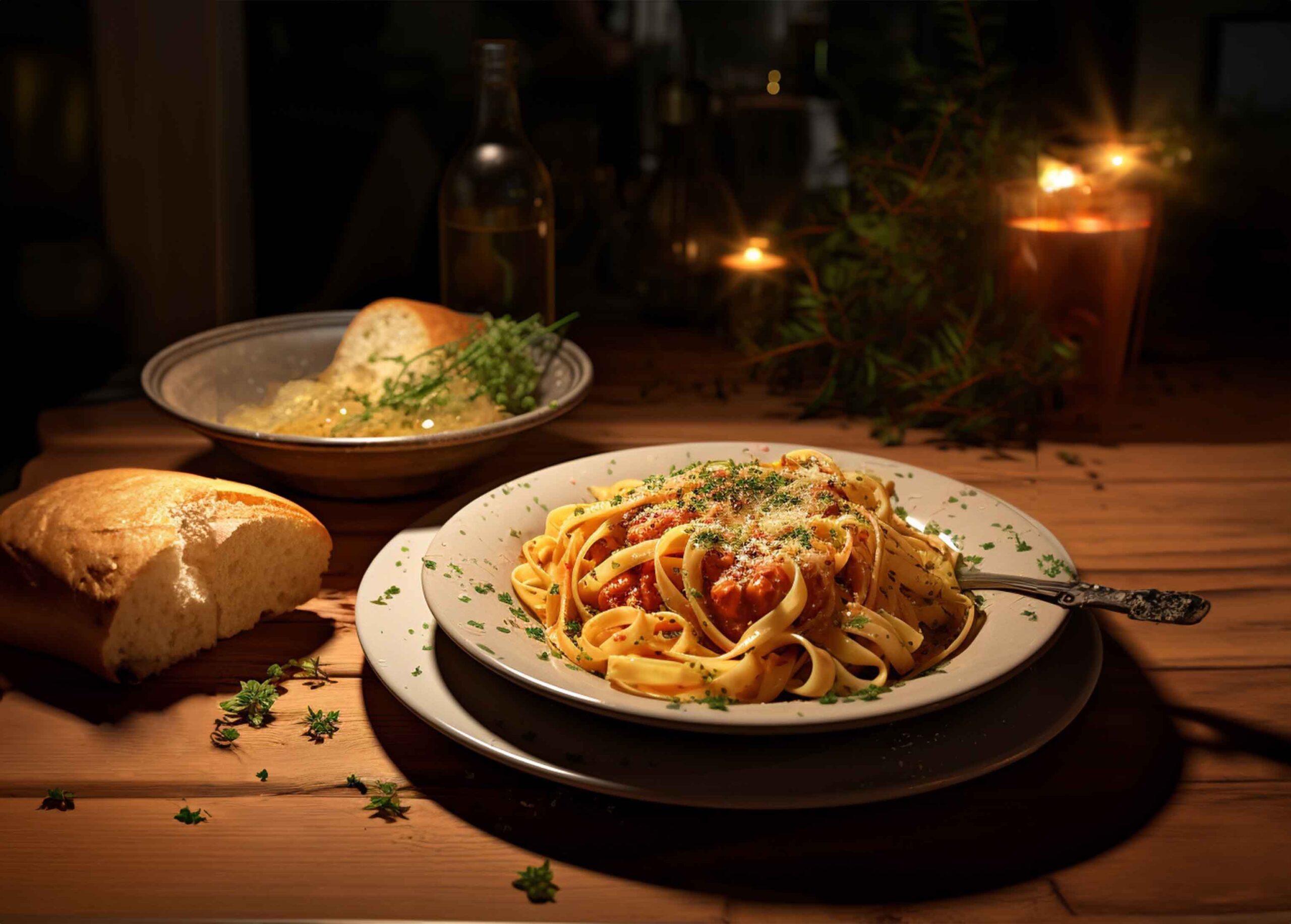When you think of rice, chances are the image that comes to mind is of those tiny white grains that accompany so many dishes. However, rice is more varied than many realize, and one of its most common variants is brown rice. But what’s the difference between these two, and how did their distinct colors come to be? Let’s embark on a grainy journey to find out.
Origins of Rice: A Brief Backdrop
Rice, a staple food for more than half the world’s population, is believed to have been first cultivated in Ancient China over 10,000 years ago. Since then, its cultivation spread throughout Asia and, eventually, the world.
White Rice vs. Brown Rice: The Core Differences
- The Milling Process: The primary difference between white and brown rice lies in their processing. Brown rice is whole grain rice, with only the outer hull removed. White rice, on the other hand, is brown rice that has been milled to remove the bran and much of the germ, leaving only the inner white grain.
- Nutritional Value: Brown rice retains most of its original nutrients because it undergoes less processing. It is richer in fiber, vitamins, and minerals compared to white rice. White rice, due to its refining process, loses many of its natural nutrients, although it’s often enriched with vitamins and minerals post-processing.
- Texture & Taste: Brown rice has a nuttier flavor and a chewier texture. White rice, being more refined, has a softer texture and a more neutral taste.
- Shelf Life: The oils present in the bran layer of brown rice can turn rancid, making its shelf life shorter compared to white rice.
Color Origins: The Science Behind the Shades
- Brown Rice: The brown color comes from the bran layer and the germ, which are retained during processing. This layer contains natural pigments, fibers, and nutrients that give the rice its characteristic color.
- White Rice: The whiteness of the rice emerges once the brown bran layer and germ are removed, revealing the endosperm beneath. This part of the grain lacks the pigments found in the bran layer, resulting in its white hue.
Environmental Impact: The cultivation of rice, regardless of its type, impacts our environment. However, the milling and refining processes for white rice consume more resources, making brown rice slightly more eco-friendly.
Globally Inspired Dishes: Both types of rice have found their unique places in global cuisines. White rice shines in dishes like sushi, risotto, and jasmine rice-based recipes. In contrast, brown rice is often favored for health-conscious meals, grain bowls, and salads.
Rice, in its varied forms, graces tables across continents, feeding billions daily. Whether you opt for white or brown, understanding the journey of these grains, from field to fork, offers a deeper appreciation for this humble staple.




